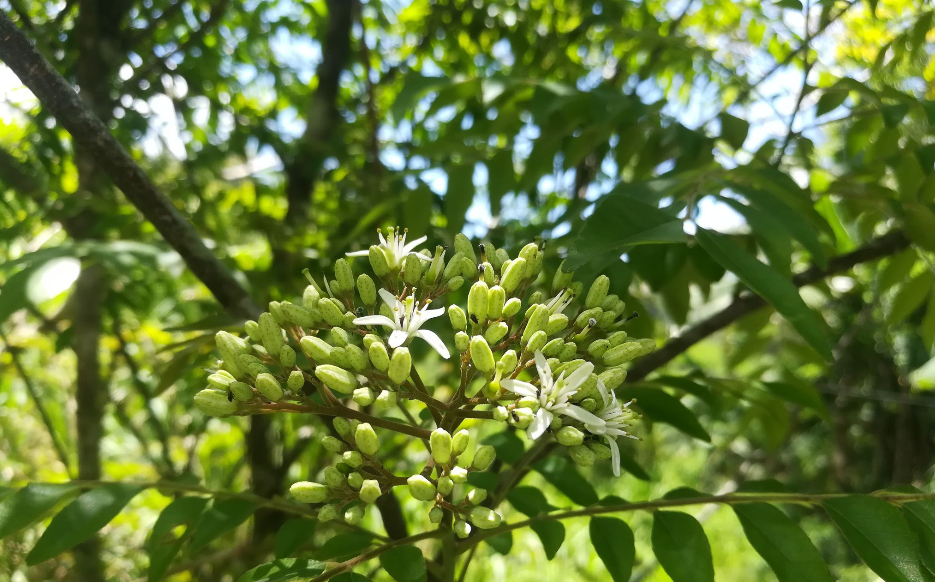Murraya koenigii seed

Overview of Murraya koenigii (Curry Leaf Plant)
Murraya koenigii, commonly known as the curry leaf tree, is a small evergreen tree native to India and Sri Lanka, thriving in tropical and subtropical climates. The plant is celebrated for its aromatic leaves, which are integral to South Asian cuisine and traditional medicine. It grows best in well-drained soil, warm temperatures, and bright sunlight.
Culinary Uses
Curry leaves are a staple in Indian and Southeast Asian cooking. Known for their citrusy, earthy flavor, they are often used to season curries, rice dishes, soups, and chutneys. Commonly, the leaves are tempered with oil, mustard seeds, and spices to release their aroma. Fresh, dried, or powdered curry leaves are versatile in enhancing the flavor of various dishes.
Medicinal Benefits
Curry leaves have long been valued in Ayurvedic medicine for their numerous health benefits:
- Antioxidant Properties: They combat oxidative stress, helping protect the body from damage by free radicals.
- Digestive Aid: Known to improve gut health and relieve nausea, they are often consumed as tea or paste.
- Anti-Diabetic Effects: Curry leaves may lower blood sugar levels and improve insulin sensitivity, making them beneficial for managing diabetes.
- Antimicrobial Benefits: The essential oils in the leaves have shown activity against bacteria and fungi, promoting oral and overall health.
Cultural and Historical Significance
The plant holds cultural importance in South Asia and is tied to folklore. Its name honors Johann König, a botanist who studied the region’s flora. In Ayurveda and Hindu mythology, curry leaves symbolize health and longevity, often associated with sacred rituals and traditional healing.
Growing and Care
Murraya koenigii is a hardy plant when grown in favorable conditions:
- Sunlight: Requires 6-8 hours of direct sunlight daily.
- Soil: Prefers well-drained soil rich in organic matter.
- Watering: Needs deep, infrequent watering to avoid root rot.
- Fertilizer: Benefits from balanced organic fertilizers during the growing season.
It can be grown in gardens or pots and brought indoors during colder months to protect against frost.
Murraya koenigii is more than just a culinary herb; its rich history, medicinal value, and unique flavor make it an indispensable part of South Asian culture. Its growing popularity worldwide reflects its versatility and enduring significance.
